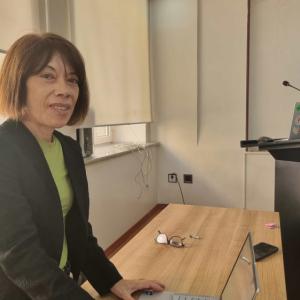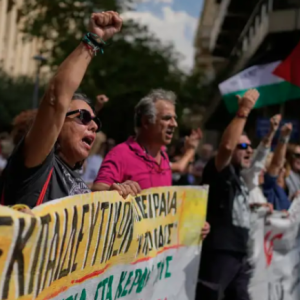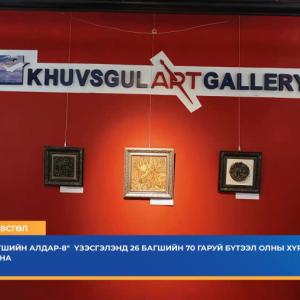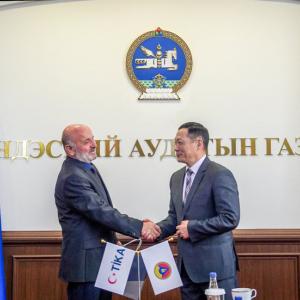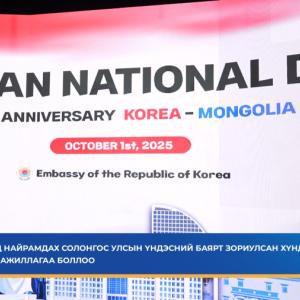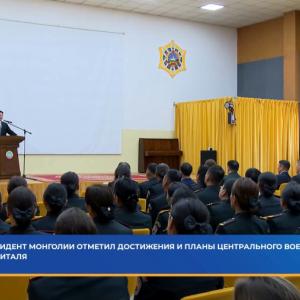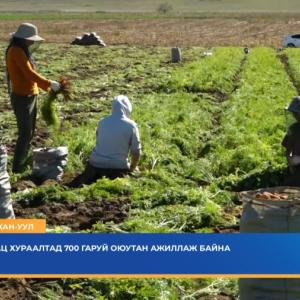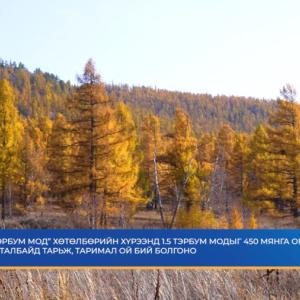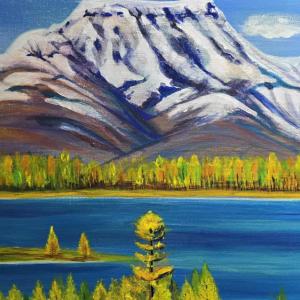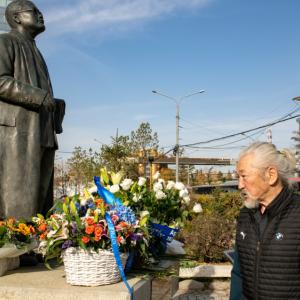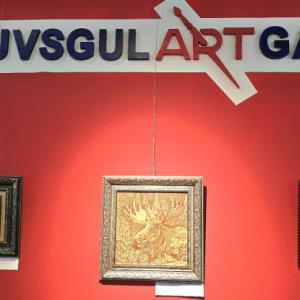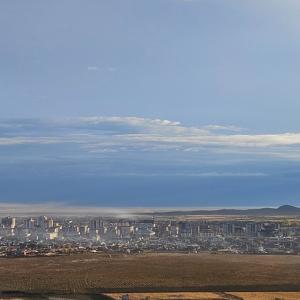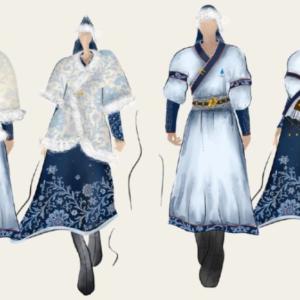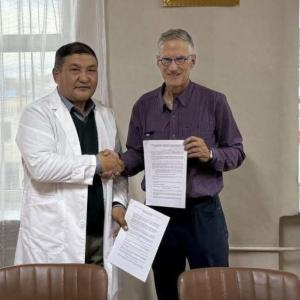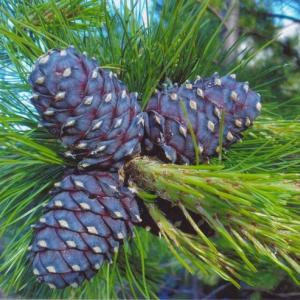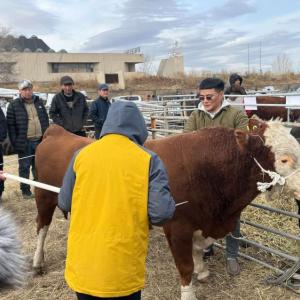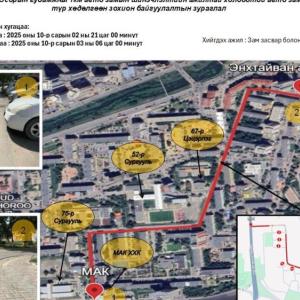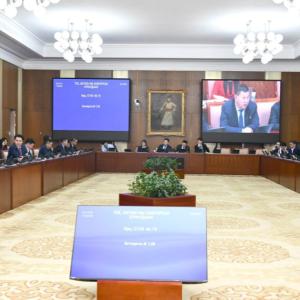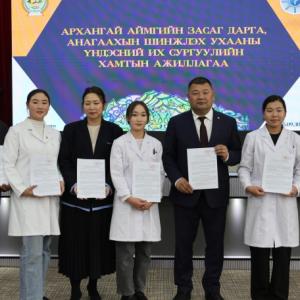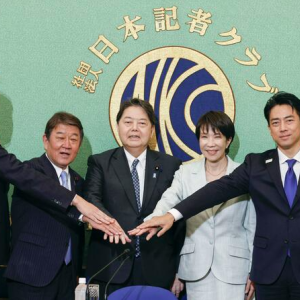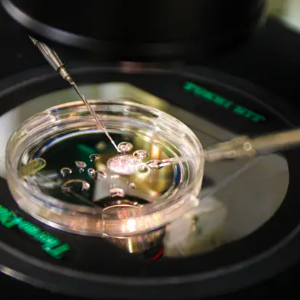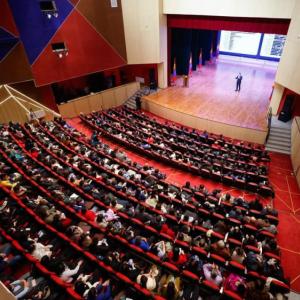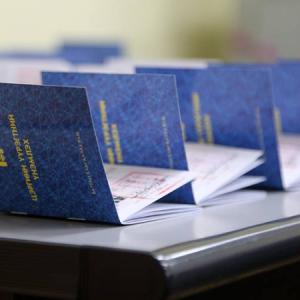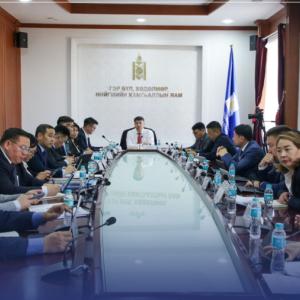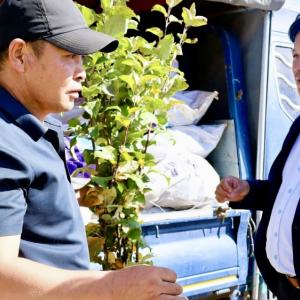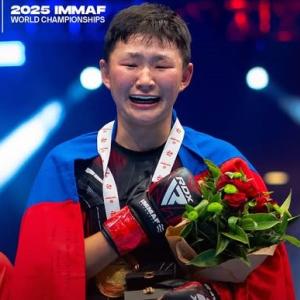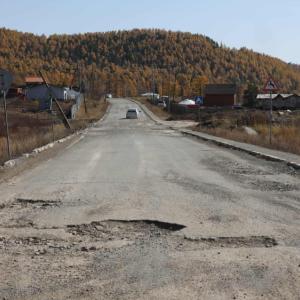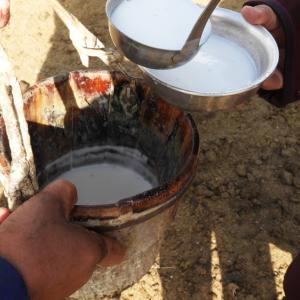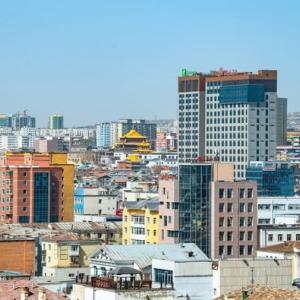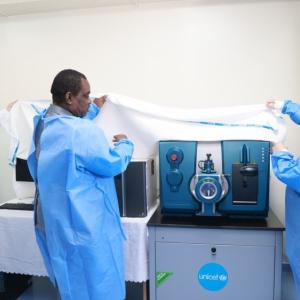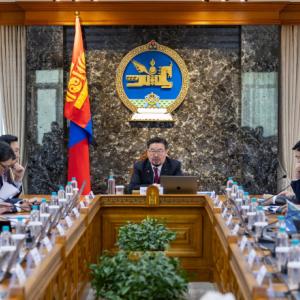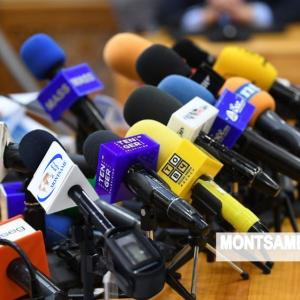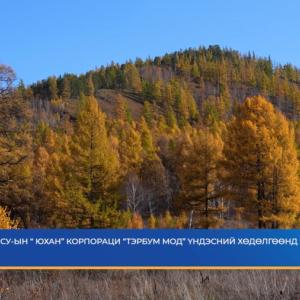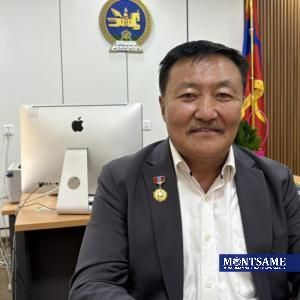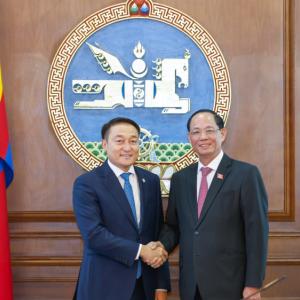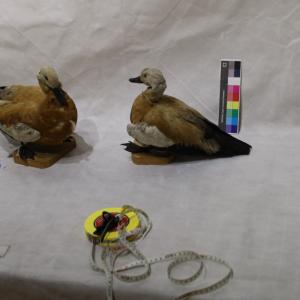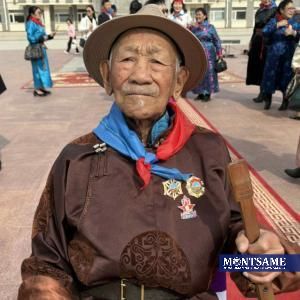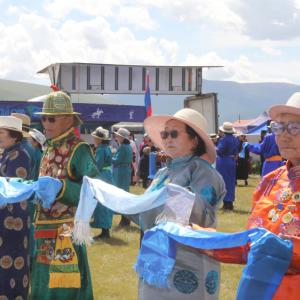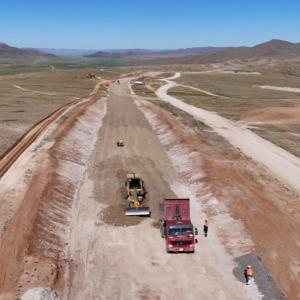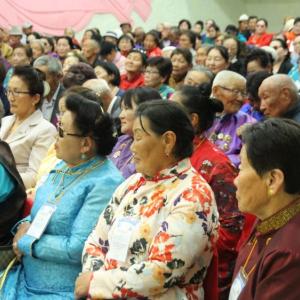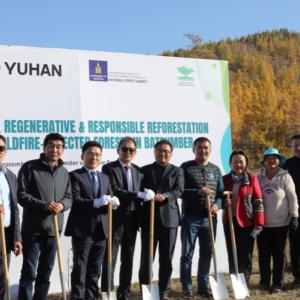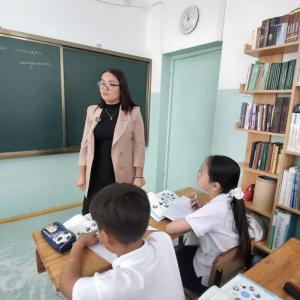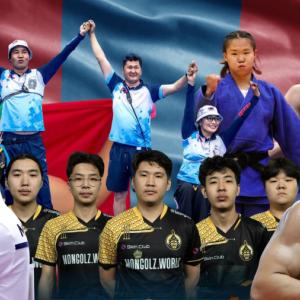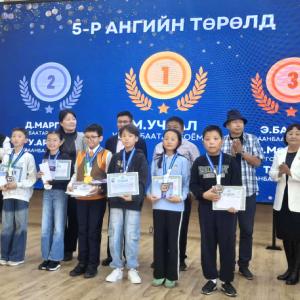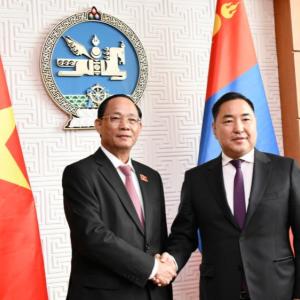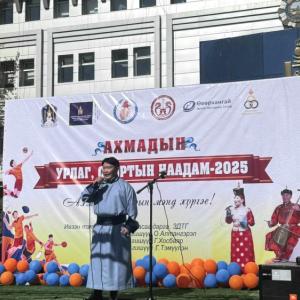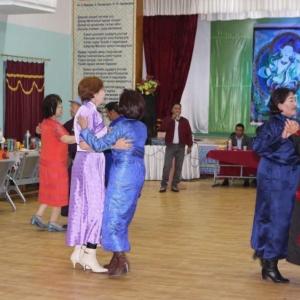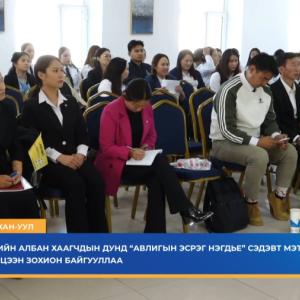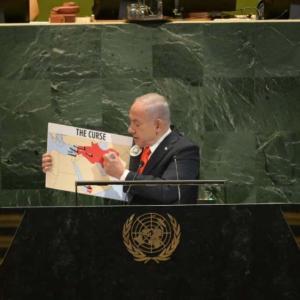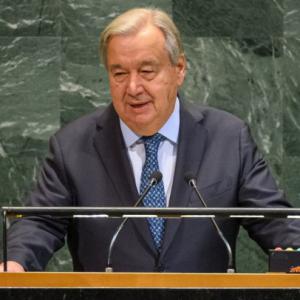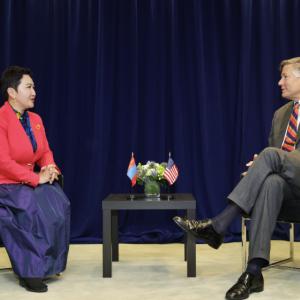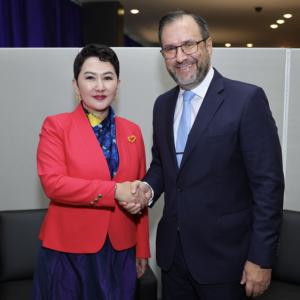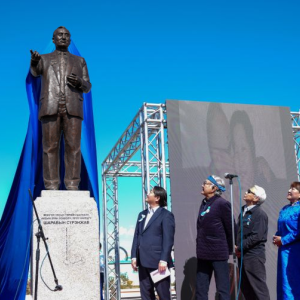D.Altankhuyag: We have to found the National Ballet School using Cuba's experience
The Mongol Messenger

-How did it feel to
represent your country at the International Ballet Festival of Havana?
-It would be an honor for any ballet dancer to take part in
that international festival. Professional dancers from 17 countries including
Argentina, Belgium, Canada, Colombia, South Korea, Cuba, France, Mongolia,
Mexico, UK, Spain, USA, and Russia participated in the event. During my stay in
Cuba, I visited the Carlos Acosta Dance Academy and discussed the future ballet
cooperation of the two countries. I also had a business meeting with Cuban
Prima Ballerina Assoluta Alicia Alonso and visited the Cuban National Ballet
School that has contributed to the development of ballet in almost every
country. I am gratified to note here that Paris Opera Ballet Director Aurelie
Dupont shared my thoughts on many things about our profession.
-Cuban ballet is
renowned around the world. What do you think played the biggest role in the
development of ballet art in the country?
-We have to learn from the country’s experience in the art
of ballet. While performing at 4 major theaters in Havana, I noticed that the
country has been focusing on the promotion of the wonders of the art of dancing
to its people. It was apparent from those engaged in classical and modern
ballets telling the history of the country and the professional assistance
provided for them. It was a major government policy for social well-being.
-What are your
thoughts on the modern ballet development in Mongolia?
-It is my belief that what we have to do first of all is to
establish the Mongolian National Ballet School. We have to have a place for
teaching the exercises necessary for doing the dance. The establishment of an
international-standard institution will surely be a great investment for the
future of Mongolian ballet. Domestic and foreign activities are also
important.
L.Tserenkhand: Cuban government scholarship is the pride of our school

As per a decision of the People’s
Great Khural, the School No. 52 of Ulaanbaatar was named after Cuban national
hero, poet Jose Marti a year after its establishment 47 years ago in 1973.
The name change aimed at strengthening
the brotherly relations and cooperation with Cuba later has become a symbol of
friendly cooperation between the two countries.
Every year, one or two students of
the Jose Marti School No. 52 go to Cuba on a government scholarship. A total of
12 students have studied in the country so far. About the scholarship program,
school director L.Tserenkhand said, “The Cuban government scholarship program
is the biggest advantage we take much pride in. You can study there to become a
world-recognized health professional, for example. So I greatly appreciate it
on behalf of my students,”
Also, the school has started a
tradition of commemorating the birthday of the person after whom it is named,
Jose Marti, on January 28 every year in collaboration with the Embassy of Cuba
in Mongolia.
“The 166th birthday of the Cuban
national hero fell last year and our students commemorated the anniversary with
Cuban Ambassador Raul Delgado on March 1, 2019. We also held a writing contest
among students in upper grades, a singing contest among those in middle grades
and a painting contest for elementary graders. We try to have different
festivities every year as the anniversary celebration is of great importance to
us. The school is very proud to be named after Jose Marti,” added the school
director.
Ambassador Extraordinary and
Plenipotentiary of the Republic of Cuba to Mongolia Raul Delgado Concepcion
attends the school’s academic year opening ceremony and spring graduation
ceremony every year and the Cuban Embassy officials lay wreaths on Cuban
Independence Day and the birthday of late Cuban leader Fidel Castro
S.Undram: Cuba is my second home

Dermatologist, Master of Medical
Sciences S.Undram studied at the University of Medical Sciences of Havana from
2003 to 2010 on a government scholarship and graduated with a red diploma. She
pursued her master’s degree in Taiwan and studied dermatology in Japan after
her dermatology studies at the Mongolian University of Medical Sciences
(MNUMS).
She has been working as a
dermatology teacher at MNUMS and a dermatologist at the National Dermatology
Center since graduation. “Refreshing sea
breezes of a sunny day come to my mind at the thought of the country. Cubans
welcomed me with great hospitality. I remember strangers calling me Sunny and
Princess. The country of open, humble, and friendly people feels like a second
home to me,” she said.
Mongolians usually ask if I am a dentist when I say I graduated in Cuba, maybe because a large number of scholarships are offered for the course. Medical Sciences and biotechnology are highly developed in the country. You can study there to become a medical doctor, like me, or a veterinarian and other professionals. Cuban higher education program in medical sciences allows students to obtain practical knowledge from early on. Theoretical knowledge is provided in the first and second years and starting from the third year the future professionals apply their knowledge in practice at hospitals under the supervision of their teachers. The patients also consent to the service of a student or an intern. These are the reasons why I chose to study there, she added.
Many students from around the
world study in the country and those young people with different languages and
cultures live together in a dormitory. This allows them to learn from one
another.
Incidentally, the government
scholarship to Cuba covers tuition, room, and board.

 Улаанбаатар
Улаанбаатар

